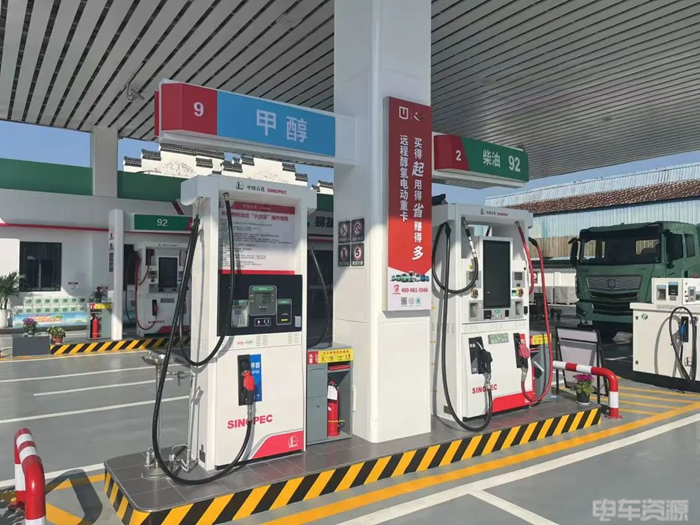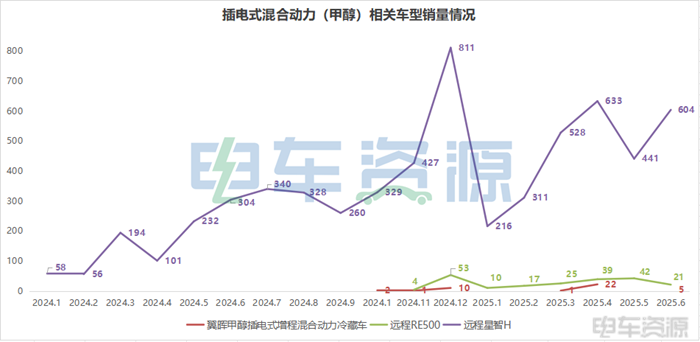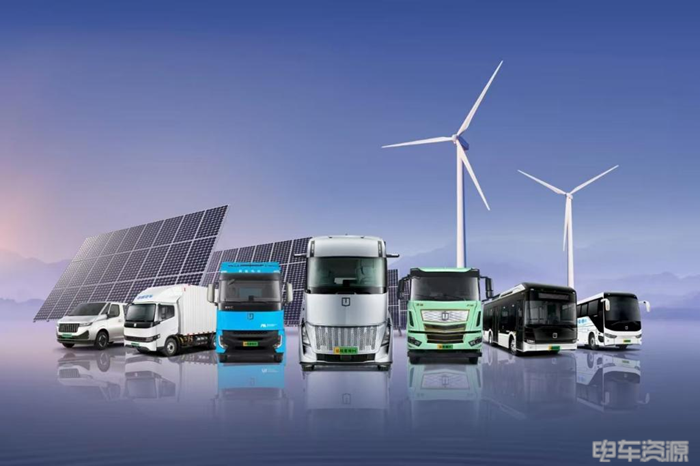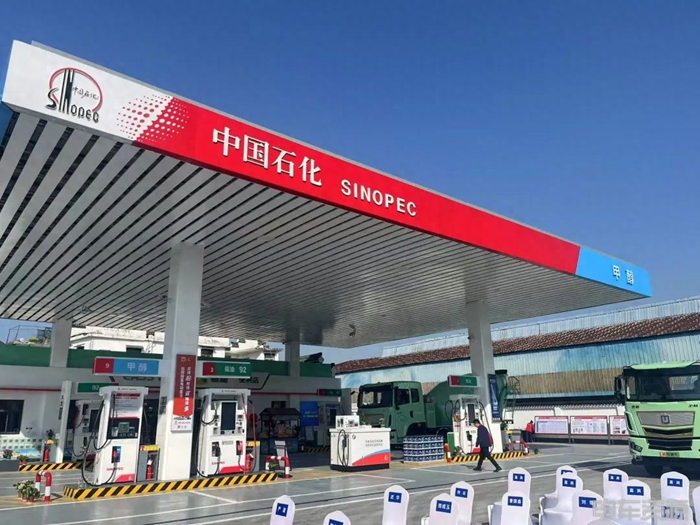Under the "dual carbon" goals, no single energy source can meet all scenario demands. Methanol vehicles represent an independent energy route, parallel to fuel, natural gas, and new energy (pure electric/hydrogen) technology paths. However, it is curious why only Remote New Energy Commercial Vehicles is promoting methanol vehicles in the entire commercial vehicle sector. What kind of games and opportunities lie behind this overlooked energy revolution?
1. Methanol Vehicles Are Not Just Imagination
From the perspective of energy feasibility, methanol's raw materials are easily accessible and convenient to transport. As a renewable energy source, methanol can be produced not only from coal but also from industrial CO₂ emissions, biomass, and the combination of renewable hydrogen and CO₂. Methanol produced from CO₂ and green hydrogen is also known as "alcohol-hydrogen energy," which can achieve zero carbon emissions over its entire lifecycle. Since methanol is liquid at room temperature and pressure, its storage, transportation, and usage are safer and more convenient. Existing gas stations can be modified to dispense methanol for only 50,000 to 100,000 yuan, significantly less than the investment required for building a hydrogen station (12 million yuan), a battery swap station (8 million yuan), or a supercharging station (1.5 million yuan). The cost advantages are evident.
In terms of technological maturity, methanol vehicles are already commercialized. Remote New Energy Commercial Vehicles has validated their reliability through the operation of over 40,000 vehicles, accumulating 20 billion kilometers of practical data, making them particularly suitable for extremely cold environments in the north. According to statistics from Electric Vehicle Resources, in the field of new energy logistics vehicles, plug-in hybrid (methanol) models sold a total of 2,915 units from January to June this year, a staggering 208% increase compared to the same period last year. Among them, the Remote Xingzhi H series accounted for 2,733 units, reflecting a growing recognition and acceptance of methanol vehicles in the market.
From an economic perspective, methanol vehicles also show overwhelming advantages. For example, a 49-ton heavy truck equipped with Remote’s methanol-hydrogen electric system has a cost of 144 yuan per 100 kilometers, which is comparable to pure electric vehicles, and lower than the 280 yuan per 100 kilometers of hydrogen fuel cell heavy trucks, with relatively lower purchase costs as well.
In summary, methanol vehicles are cleaner and more efficient than fuel vehicles, have no range anxiety compared to pure electric vehicles, are easy to refuel, and are more cost-effective than hydrogen fuel vehicles.
2. Why Is Only Remote Promoting Methanol?
Despite the numerous advantages of methanol vehicles, it is strange that only Remote New Energy Commercial Vehicles is promoting them in the commercial vehicle sector. Remote's choice of the methanol route may seem lonely, but it is actually a strategic option for Geely to achieve its goals in the new energy sector. Faced with the strong position of BYD in the new energy passenger vehicle market and competition from new forces, Geely remains relatively stable in the passenger vehicle sector. However, in the new energy commercial vehicle market, if Remote relies solely on pure electric technology, it faces increasing competitive pressure compared to traditional giants like Foton with multiple technology routes. Therefore, Remote needed to explore a different path by choosing methanol to solidify its leading position in the industry.
Currently, Remote has established a complete ecosystem for green methanol energy preparation, storage, transportation, and vehicle application, mastering the corresponding core technologies. It has also reached cooperation agreements with several municipalities in Liaoning, laying out methanol-hydrogen ecological projects in Chaoyang, Dalian, and Shenyang, creating an industrial cluster effect that effectively promotes the commercialization of methanol vehicles. By May 2025, Remote plans to build over 700 methanol refueling stations nationwide and aims to expand to 4,000 stations by 2027. This proactive infrastructure layout gives Remote a strategic advantage and increases the likelihood of becoming a standard-setter in the future.
For other automakers, on one hand, there is a lack of technical accumulation and support; starting from scratch would take at least 5-8 years to achieve equivalent reliability. On the other hand, during the transition to new energy, they prefer to choose mature pure electric or policy-supported hydrogen routes. Methanol vehicles face challenges in technology development and ecosystem construction, requiring significant investment and time, making them not a necessity for companies. Therefore, with more stable alternatives available, most companies are naturally reluctant to take risks on the methanol route.
3. Choices and Capabilities Must Coexist
In the wave of new energy transformation, automakers' strategic choices must align with their technological reserves and resource capabilities. While mainstream paths like pure electric and hydrogen are fiercely competitive, they have mature industrial chains and clear policies, suitable for companies with limited resources to follow steadily. Differentiated tracks like methanol vehicles require long-term technological accumulation and the ability to lay out the entire industrial chain. Remote has spent 20 years overcoming methanol technology and building its refueling network, turning strategic ambitions into actual competitiveness. This reveals that in times of industrial transition, having a forward-looking strategy is not enough; execution capability that matches the strategy is also essential; otherwise, even the best blueprint will become a castle in the air. While most companies choose to "go with the flow," only those players with both strategic foresight and implementation capability dare to explore new paths and ultimately define new tracks.
4. Conclusion
In the short term, against the backdrop of pure electric vehicles, methanol vehicles may struggle to rise rapidly. However, with accelerated infrastructure development, enhanced local policies, and ongoing efforts from companies like Remote, the economic potential of the methanol industry is quietly accumulating energy. Its future does not depend solely on technology itself but on the synergy of industrial ecology and policy support. Once the timing is right, this underestimated energy revolution may redefine the competitive landscape of new energy vehicles.
Methanol Vehicles: An Overlooked Energy Revolution in Commercial Vehicles

Images




Share this post on: